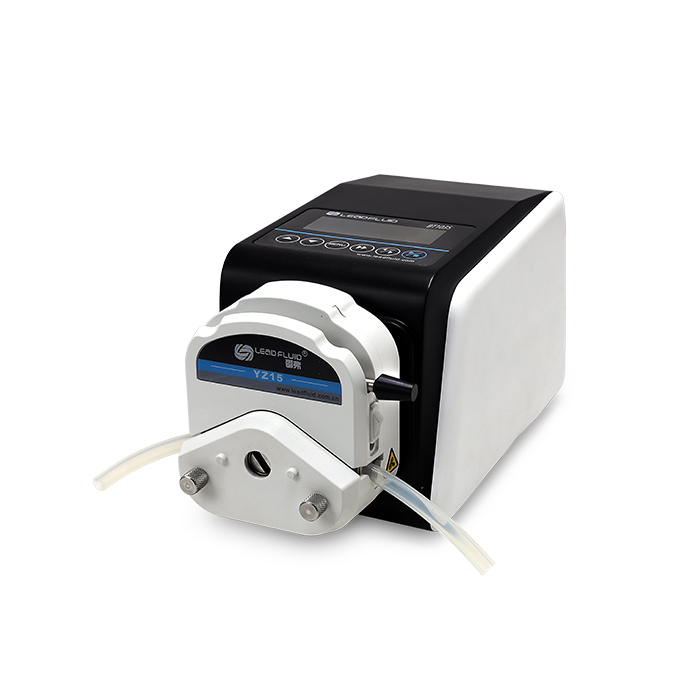How is the noise level of high flow peristaltic pump compared to other types of pumps?
Peristaltic pumps, including high-flow peristaltic pumps, are generally known for their relatively low noise levels compared to some other types of pumps. The noise produced by a pump is influenced by various factors, including its design, operating principle, and speed.
Here’s how the noise level of a high-flow peristaltic pump compares to other types of pumps:
- Low Noise Generation:
- Peristaltic pumps, in general, tend to produce lower noise levels during operation. This is because the pumping action is achieved through the compression and relaxation of a flexible tube or hose, which inherently generates less noise than mechanisms like impellers or pistons.
- Smooth and Pulsation-Free Flow:
- High-flow peristaltic pumps often provide a smooth and pulsation-free flow. This design characteristic contributes to quieter operation, as there are no sudden pressure changes or pulsations that can lead to noise.
- No Mechanical Contact with Pumped Fluid:
- Unlike some pump types where moving parts come into direct contact with the pumped fluid, peristaltic pumps feature a tubing mechanism that isolates the fluid from the pump components. high flow peristaltic pump This reduces noise associated with the mechanical interaction between the pump and the fluid.
- Variable Speed Control:
- Many peristaltic pumps offer variable speed control, allowing users to adjust the pump speed according to the application requirements. Lowering the pump speed often results in quieter operation.
- Quiet Drive Mechanisms:
- The drive mechanisms used in peristaltic pumps are often designed for quiet operation. This includes using precision gears, motors, and other components that contribute to reduced noise levels.
- Compact and Enclosed Designs:
- High-flow peristaltic pumps may feature compact and enclosed designs, which can help contain and dampen noise. The casing or housing of the pump may act as a barrier to further reduce sound transmission.
- Less Vibration:
- Peristaltic pumps typically generate less vibration compared to some other pump types. Lower vibration levels contribute to a quieter working environment.
- Application in Noise-Sensitive Environments:
- The low-noise characteristics of peristaltic pumps make them suitable for applications in noise-sensitive environments, such as laboratories, medical settings, or situations where quiet operation is preferred.
It’s important to note that noise levels can vary among different pump models and manufacturers, and factors such as tubing material, pump size, and speed settings can influence the noise produced. While peristaltic pumps are generally considered quiet, it’s advisable to review the specifications provided by the manufacturer for specific noise level information.
In comparison to pumps with more complex mechanisms, such as reciprocating pumps or centrifugal pumps, high-flow peristaltic pumps often stand out as a quieter and more user-friendly option, particularly in applications where noise reduction is a priority.
